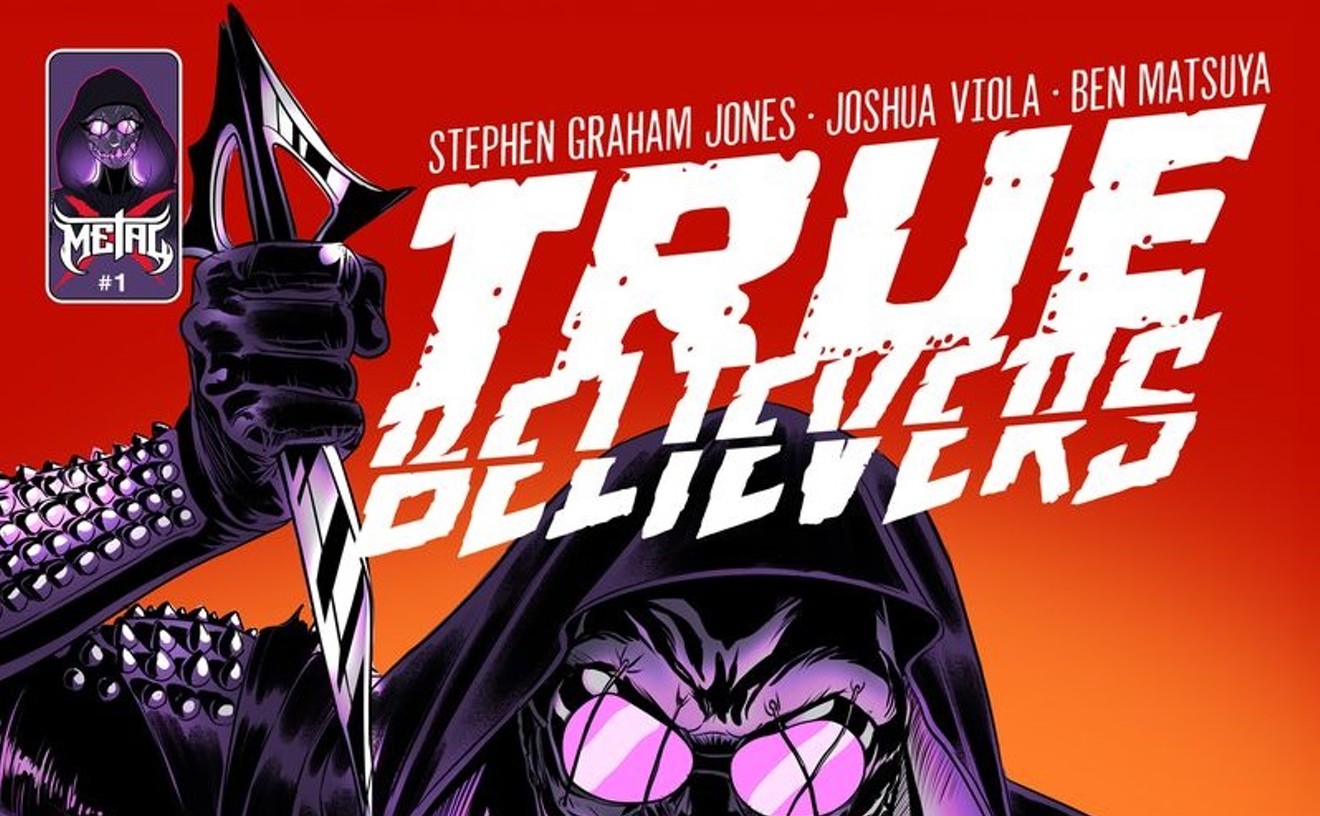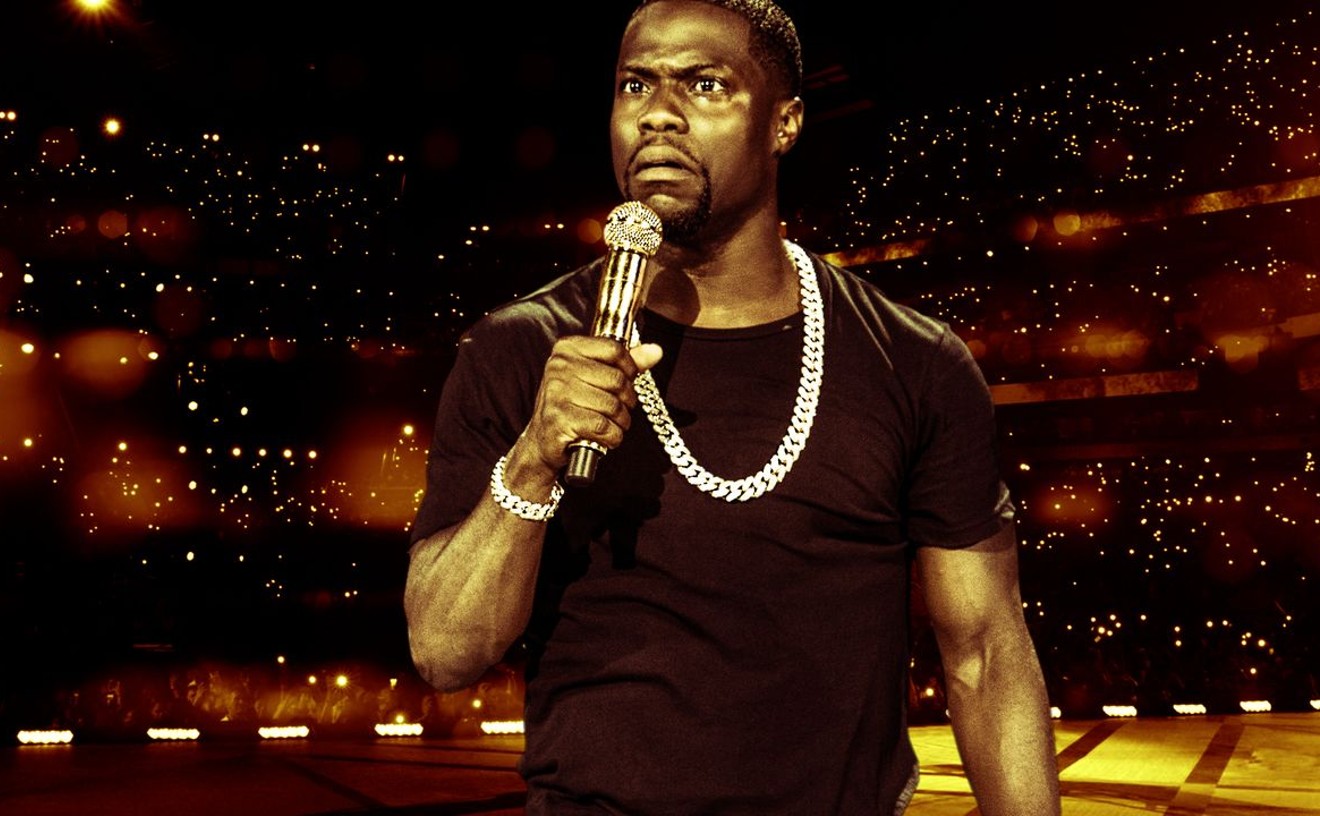Among the manifestations of the feminist movement in the ’70s was a critique of sexism in fine art. It was undeniable that at the time — and stretching back to antiquity — women had essentially been fenced out of painting and sculpture. (Interestingly, the barriers to women in ceramics and photography had fallen decades earlier.) The birth of feminist art was accompanied by the creation of a visual vocabulary based on expressing women’s issues through identity-based work that was often didactic and typically representational. Abstraction was actively rejected by this first generation of feminist artists, branded as exemplifying the patriarchy; some feminist collectives, including one in Boulder, even went so far as to bar membership to women who worked abstractly.
There was one very specific problem with this approach: The most established and accomplished women artists of the ’70s — and earlier — were abstract artists. This was not only the case nationally — where the likes of Helen Frankenthaler and Joan Mitchell had broken into the formerly men-only abstract-expressionist clique — but in Colorado, where Mary Chenoweth and Nadine Drummond had earned the respect of their peers through abstraction.
The rediscovery of this history — that far from being anathema to abstraction, women were actually a key constituency — has led to a plethora of shows across the country. One of the most important will debut at the Denver Art Museum next month: Gwen Chanzit’s highly anticipated and years-in-the-making Women of Abstract Expressionism.
Serving as something of an appetizer for that main course is Declaration at Robischon Gallery, curated by Jennifer Doran. Admittedly, the Robischon show is much broader stylistically than the DAM exhibit, including not just abstraction but representational art. Still, the two shows have a couple of things in common: They both feature only work by women, and also showcase pieces by some of the most famous artists around. To assemble the mostly blue-chip roster for Declaration, Doran started with artists long associated with the gallery, then substantially supplemented that august list with pieces by several mega art stars, on loan from noted Denver collector Ginny Williams. The result is one of the most spectacular shows so far this year.
Declaration begins with the work of three abstract sculptors — Linda Fleming, Jae Ko and Judy Pfaff — in the main front room. One of the founders of the artist community Libre, the less famous but more successful cousin to Drop City, Fleming is represented by two of her signature wall reliefs, made of sheets of metal pierced with organic patterns and then chromed; they’re very elegant and formally restrained. That’s also true of the wall reliefs by Washington, D.C.-based artist Ko, who creates unusual work with unusual material: rolls of paper. She pulls the rolls to partially unroll them, then forms elongated and undulating sculptures tinted in monochromes. Opposite the Flemings and Kos are works by Pfaff, including three out-of-this-world suspended installations. For these, Pfaff has assembled found materials that are highly decorative in their own right, like blown glass and paper lanterns; these baubles are offset by such prosaic items as insulation foam and melted plastic. The Pfaffs are spectacular — precisely the kind of thing that established her fame a generation ago.
In the intimate space beyond is a small selection of abstract paintings, including a pair of neo-abstract-expressionist compositions by Wendi Harford and a post-minimal color-field work by Kate Petley; both are Colorado artists. There’s also a softly geometric pattern painting by New York’s Deborah Zlotsky.
I wasn’t prepared for the incredible sights that unfolded in the spaces adjacent to the main gallery, where the loans from Williams are ensconced. While the performance-documents-as-abstract-paintings by legendary Japanese conceptualist Yayoi Kusama and the small suite of Picassoid drawings by Louise Bourgeois are impressive, another Bourgeois and a Frankenthaler commanded all my attention: This vignette looks like it came straight out of New York’s Museum of Modern Art. The stunning “Observer,” a conventionalized, life-sized figure in bronze created by Bourgeois, shows her early interest in tribal art, with the figure reduced to its minimal expression. Hanging next to it is Frankenthaler’s majestic — and heroically scaled — “Royal Fireworks,” a color-field abstraction with a dominating burnt-orange field offset by passages of blue and pink and a slash or two of red. The paint — while mostly flat, of course — is still somehow painterly, which was Frankenthaler’s goal.
If the powers-that-be at the DAM aren’t already needling donors — or appealing to Williams herself — to come up with some way to acquire this Frankenthaler, they’re nuts. The museum’s abstract-expressionist collection is weak, a shortcoming made more all the more obvious by the Clyfford Still Museum being located right next door. There’s an exception to that deficit at the DAM: a hoard of twenty-some Robert Motherwells. Frankenthaler was married to him for a time, and the artists clearly influenced each other. I think that makes “Royal Fireworks” an ideal fit for the museum’s permanent collection.
Around the corner from this stunning pastiche is a pair of breathtaking Mitchell paintings, both of which exemplify her classic action-painting approach. Underneath — way, way underneath — all of that active brushwork, they seem to be landscapes; that impression of scenery is fortified by their titles: “Straw” and “Garden Party.” These works would be great at the DAM, too, but since the museum already has “Dune,” a significant Mitchell, in its collection, that situation is not as dire.
The last space at Robischon is essentially a different exhibition. While abstraction is the dominant theme of the rest of the show, this room is all about realism, conceptualism and, you guessed it, conceptual realism. First up is a portrait that’s unmistakably an Alice Neel, who is best known for her pointedly naive realism with its characteristic stilted pictorial space. The suite of intriguing Ann Hamilton photos represents different takes on identity; the artist is captured wearing outlandish get-ups, including a woven basket or thicket of twigs on her head, among other enigmatic fashion choices. This area also features additional Bourgeois pieces from the artist’s later period; in the surrealistic “The Good Mother,” a wall panel in bronze comprising three rows of women’s breasts, she examines the idea of being a woman. Identity is also the key to the Shirin Neshat photo of Muslim women, Ruth Bernhard’s female nude and Mickalene Thomas’s sculpture that casts her clothes in bronze, creating what is essentially a conceptual self-portrait.
One of the standouts in this section is the Kara Walker painted-stencil “Pastoral,” which depicts, in silhouette, a defecating bison lying across the back of a seated black woman. “Pastoral” reflects Walker’s long interest in deconstructing American iconography through racial stereotypes. That same concern is addressed by Lorna Simpson’s “C-Ration,” a pair of photos, one of which depicts an empty white plate with the phrase “Not Good Enough” printed across it, the other capturing a black woman with the phrase “But Good Enough to Serve” printed across her chest.
The early feminist artists disliked abstraction, instead championing the art of identity. Doran set out to reconcile these two diametrically opposed stances in Declaration, and she succeeded simply by putting the two types together — in the process creating a show that’s not to be missed.
Declaration, through June 11 at Robischon Gallery, 1740 Wazee Street, 303-298-7788, robischongallery.com.
[
{
"name": "Air - MediumRectangle - Inline Content - Mobile Display Size",
"component": "12017618",
"insertPoint": "2",
"requiredCountToDisplay": "2"
},{
"name": "Editor Picks",
"component": "17242653",
"insertPoint": "4",
"requiredCountToDisplay": "1"
},{
"name": "Inline Links",
"component": "18838239",
"insertPoint": "8th",
"startingPoint": 8,
"requiredCountToDisplay": "7",
"maxInsertions": 25
},{
"name": "Air - MediumRectangle - Combo - Inline Content",
"component": "17261320",
"insertPoint": "8th",
"startingPoint": 8,
"requiredCountToDisplay": "7",
"maxInsertions": 25
},{
"name": "Inline Links",
"component": "18838239",
"insertPoint": "8th",
"startingPoint": 12,
"requiredCountToDisplay": "11",
"maxInsertions": 25
},{
"name": "Air - Leaderboard Tower - Combo - Inline Content",
"component": "17261321",
"insertPoint": "8th",
"startingPoint": 12,
"requiredCountToDisplay": "11",
"maxInsertions": 25
}
]










